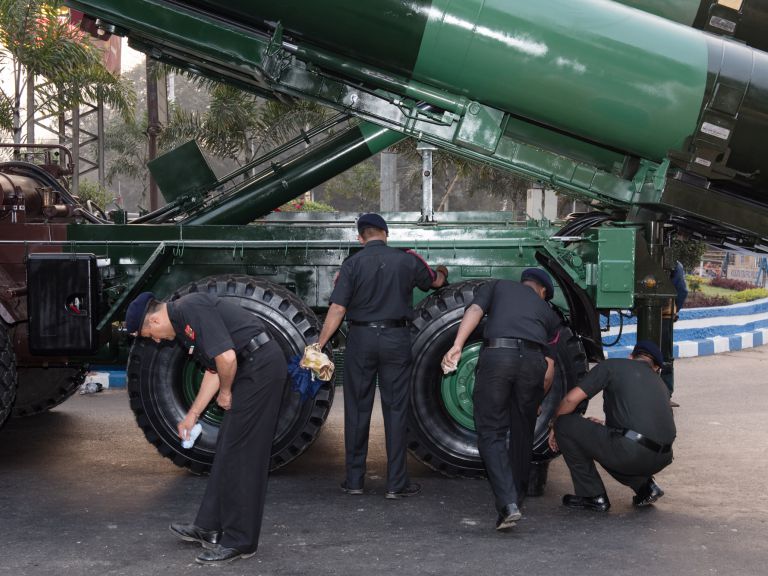Project Detail: Aux Armes Citoyens
Contest:
Reportage and Documentary 2019
Brand:
LuganoPhotoDays
Author:
Daniel Chatard
Project Info
Aux Armes Citoyens
This project aims to explore the idea of nationalism by looking at the representation of power at military parades on national holidays in several countries.
On July 14th, 2017 things came as they had to come. Together with his fellow leader Emmanuel Macron, Donald Trump was watching the annually celebrated military parade on the French national holiday in Paris. Shortly after, he announced that he wanted one now, too – what a surprise.
The fête nationale has a long history in France, it refers to the storming of the Bastille in 1789, which was followed by the French Revolution. Proudly, people march in the streets singing the national anthem, at the passage “aux armes citoyens”, their voices reach a climax. Take arms, citizens!
Many states use their national holiday as an important occasion to convey an image of a national identity that often employs the remembrance of armed conflicts in the past or the idea of a necessity of defence. Conflicts shape the collective consciousness of a nation and can be exploited in memory of them. That way, a connection between the national identity and a feeling of imperative of military power is developing. A national self-esteem is created in separation of the others.
In the 90’s in Russia, Victory Day wasn’t celebrated with large demonstrations. Following Putin’s rise to power, the government made the festivities ever bigger. The national holiday becomes a source of the national self-esteem. The „immortal regiment “ - which became part of the celebrations some years ago and is accepted by large parts of the population - is symptomatic for that, showing that many people willingly express their patriotism through commemorating the war. Alone in Moscow, about half a million people participate in it.
This work aims to show the enactment of military parades on national holidays in several countries and investigate how state power is performed and perpetuated through the celebrations. I try in my photos to find moments where people act like on a stage and where the representation of war seems at the wrong place in a context of celebrating the own nation.
Through these pictures of the otherwise well-choreographed spectacles of military power, I’ve tried to question what role patriotism and nationalism play in modern-day nations and societies.


















